Q: Do the crystals have an antireflection coating?
A: Yes, we AR coat the crystals with one of two standard broadband antireflection coatings with a reflectivity <1%: 500-900 nm, and 1.0-1.6 µm. We can also custom V-coat the crystals for a reflectivity of <0.25%. There is an additional charge for this custom coating.
Q: How much insertion loss can I expect?
A: Losses come from poor AR-coating and absorption. Our AR coating has 1% maximum reflectivity per surface, and our crystals typically have losses of 0.3%/cm at 1 µm. So in a typical modulator which is 4 cm long, you can expect a total insertion loss of about 3.2%. If you need a lower reflectivity, we offer custom coatings. Call us for more details.
Q: What's the easiest way to get the beam through the modulators? What polarization and beam size?
A: To align the modulator, we suggest using the Model 9071 four-axis tilt aligner. In order to minimize clipping through the modulator, a good rule of thumb is that the beam diameter should be less than one-third the aperture size. For example, a modulator with a 2-mm aperture can accommodate a 0.7-mm-diameter beam. Larger beams can be focused into the modulator and then collimated afterwards using a pair of lenses. If you do this, make sure the intensity inside the modulator doesn't exceed the damage threshold. For the phase modulators, the laser beam should be well collimated and its polarization should be oriented vertically to within 1°. For our amplitude modulators, the beam can be either vertically or horizontally polarized. For an unpolarized laser, the polarizer should have an extinction ratio greater than 100:1. We recommend our Model 552X Glan-Thompson polarizers or our low-cost Model 5511 sheet polarizers.
Q: What is the optical damage mechanism for these modulators?
A: For lithium niobate crystals, optical damage is caused by the photorefractive effect. This effect is related to the average optical power, not the peak power, and is wavelength and intensity dependent. For instance, the photorefractive damage process can occur gradually over days or hours, or, in the case of high optical powers and short wavelengths, in seconds. Photorefractive damage is a result of photoexcited charge carriers migrating from illuminated regions to dark regions. This in conjunction with the electro-optic effect causes local variations in the refractive index, which then reduces the effectiveness of the modulators and causes beam distortions.
For the magnesium oxide doped (MgO) lithium niobate, the damage thresholds are 4 W/mm2 at 670 nm in a 1-mm diameter beam. The MgO doping increases the resistance to photorefractive damage, enabling this material to be used in the visible wavelength range. With a 0.5-mm diameter beam, the maximum threshold is considerably lower at about 0.5 W. At 1.54 µm the damage threshold is about 5 W average power in a 0.5-mm diameter beam. In comparison, non-doped lithium niobate has a damage threshold of 1 W/mm2 at 1.3 µm in a 1-mm beam.
If the crystal exhibits photorefractive damage, the damage can be removed by heating (annealing) the crystal slowly to about 50-70 °C, thereby mobilizing the charge carriers. Also, exposing the crystal to a UV light source can also help remove photorefractive damage. Please contact us before performing any of these measures since there may be internal parts that cannot handle the elevated temperatures.
Note: Typically, the damage issue is most problematic for wavelengths shorter than 600 nm, where the photorefractive damage process becomes more efficient: keep in mind that the maximum optical power drops off sharply as the wavelength gets shorter.
Q: Where can I find a driver for the broadband modulators?
A: The type of driver you need depends on which modulator you have and how it's being used. The Model 4002, 4004, and 4104 broadband devices have no internal impedance matching, so the modulator's input impedance is determined only by the crystal capacitance (10-20 pF). For these devices, it is important to use a source that can drive a capacitive load. Achieving a p phase shift requires a drive voltage from 100 to 400 V, depending on wavelength. For these modulators and for frequencies from DC to 0.6 MHz, you can use a function generator followed by the New Focus Model 3211 high-voltage amplifier. The Model 3211 can supply ±200 V into a capacitive load (C<100 pF) at frequencies up to 600 kHz. Keep in mind, however, that some broadband applications require only small-signal modulation, in which case a broadband modulator driven by a low-voltage driver might be adequate. In this case, since the modulator appears as a capacitor to the driving circuit, the RF bandwidth is determined by the combined RC-time constant of the modulator and driving circuit. For the typical case of a 50-W oscillator and a 20-pF modulator, the maximum bandwidth is about 100 MHz.
For higher frequencies customers need to obtain their own electronic driver. One thing to keep in mind is that although these broadband modulators have the capability of being driven at frequencies to 100 and 200 MHz, in practice it can be very difficult to find a high-voltage driver that is capable of supplying 200 volts at frequencies above about 1 MHz into a 10-20 pF capacitive load. One approach is to use a pulsed driver operating at a low duty cycle. Alternately, for single-frequency applications above 1 MHz where a phase shift of about 1 radian is required, we recommend using our Model 4001 or 4003 resonant phase modulators.
The companies listed below supply high-voltage amplifiers and/or pulse generators.
Avtech Electrosystems Ltd. (Pulse generators, pulse and CW amplifiers)
Phone: 800-265-6681 (or, 613-226-5772)
FAX: 800-561-1970 613-226-2802
E-mail: info@avtechpulse.com
Berkeley Nucleonics Corp. (Pulse generator - Model 6040 with the 202H module)
Phone: 415-453-9955 (or, 800-234-7858)
FAX: 415-453-9956
E-mail: berkeley@berkeleynucleonics.com
www.berkeleynucleonics.com
Directed Energy, Inc. (Pulse generators)
Phone: 970-493-1901 FAX: 970-493-1903
E-mail: deiinfo@dirnrg.com
www.directedenergy.com
Q: Where can I find a driver for the resonant modulators?
A: New Focus does not sell RF sources for driving resonant phase and amplitude modulators (this includes Models 443X and 485X). These crystals are placed in a resonant circuit or cavity tuned to a particular frequency. By matching the input impedance to 50 Ohm when operating on resonance the power transfer to the crystal is maximized, and these devices require significantly lower drive voltages than the broadband versions. Some of the low-frequency (<200 MHz) resonant modulators (Models 4103, 4001, and 4003) can be driven directly by a low power RF oscillator (crystal oscillator, or synthesizer), or a function generator whose source impedance is 50 Ohm. The other high frequency (>0.5 GHz) modulators typically require a RF source that consists of a low power oscillator or function generator followed by a RF amplifier. The source and amplifier should be matched to 50 Ohm and capable of generating 1 to 4 watts of RF power. Depending on the frequency range and RF power requirements for their modulation application, you can contact the companies listed below.
Hewlett-Packard (Function generators and low-power RF amplifiers for 1 MHz to 13 GHz.)
Phone: 800-452-4844 (in USA)
www.hp.com
Wavetek (Function generators up to 50 MHz.)
Phone: 619-279-2200
FAX: 619-450-0325
www.wavetek.com
Mini-Circuits (RF amplifiers and oscillators from DC to 4.2 GHz.)
Phone: 800-654-7949 (or, 718-934-4500)
FAX: 718-332-4661
www.minicircuits.com
Miteq (RF amplifiers and oscillators from .1 to 13 GHz.)
Phone: 516-436-7400
FAX: 516-436-7430
www.miteq.com
Vectron (Oscillators from 1 MHz to 2.6 GHz.)
Phone: 203-853-4433
FAX: 203-849-1423
www.vectron.com
JCA Technology, Inc. (Custom RF amplifiers for driving the 485X modulators.)
Phone: 805-445-9888
FAX: 805-987-6990
www.jcatech.com
Quinstar Technology (Custom RF amplifier products that can drive the 485X modulators.)
Phone: 310-320-1111
FAX: 310-320-9968
E-mail: sales@quinstar.com
Microwave Amplifiers Ltd. (Bristol, England) (RF amplifiers for the 442X, 443X, and 485X modulators.)
Phone: +44 1275 853196
FAX: +44 1275 858502
E-mail: sales@maltd.com
www.maltd.com
Z-Communications, Inc. (RF oscillators up to 7 GHz)
Phone: 619-621-2700
FAX: 619-621-2722
www.zcomm.com
Amplifier Research (RF amplifiers and TWT amplifiers from DC to 40 GHz)
Phone: 215-723-8181
FAX: 215-723-5688
www.ar-amps.com
 Over 8,000 products in-stock! & FREE 2-Day shipping on all web orders!* Learn More FREE T-Shirt with orders $250+ Details
Over 8,000 products in-stock! & FREE 2-Day shipping on all web orders!* Learn More FREE T-Shirt with orders $250+ Details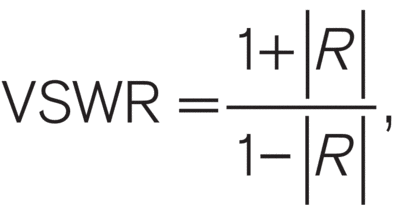
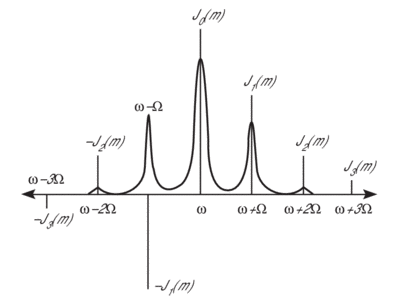
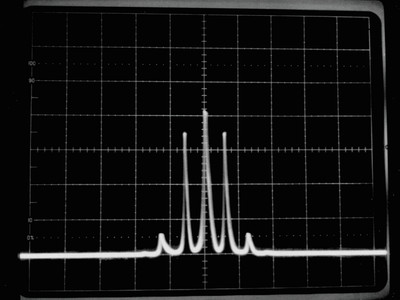

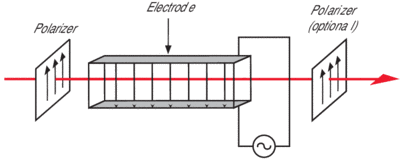
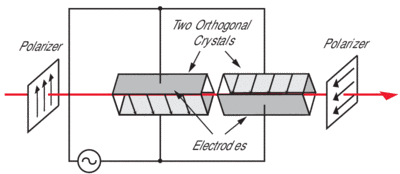
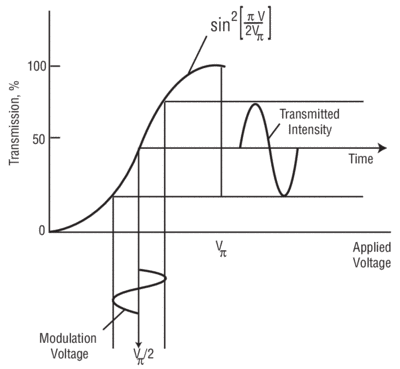
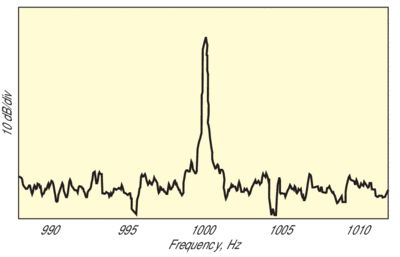
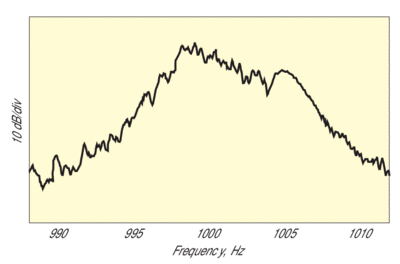
 Ultra-High Velocity
Ultra-High Velocity